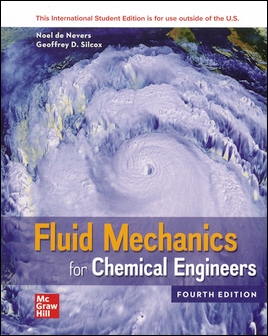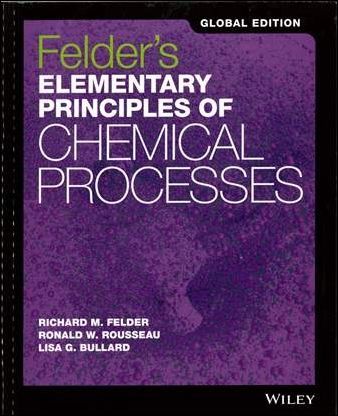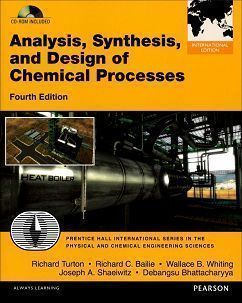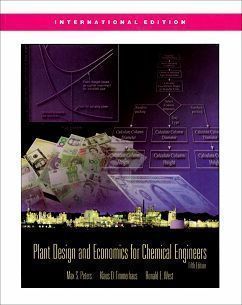書籍分類
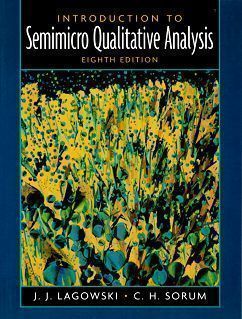
Introduction to Semimicro Qualitative Analysis 8/e
作者:J. J. Lagowski, C. H. Sorum
原價:NT$ 1,100
ISBN:9780130462169
版次:8
年份:2005
出版商:Pearson Education
頁數/規格:302頁/平裝單色
版次:8
年份:2005
出版商:Pearson Education
頁數/規格:302頁/平裝單色
內容介紹 本書特色 目錄
- Description
This self-teaching lab manual presents a process for learning descriptive chemistry and the chemistry of the more common elements and their compounds in the format of a scheme of analysis. Students and challenged to call upon their manipulative and observational skills to provide the basis for identifying a substance or a mixture of substances. Part I describes the strategy of qualitative analysis so that students have a review of the principles readily available when they are engaged in the details of laboratory work; Part II presents the concepts involved in qualitative analysis, systematically dealing with the nature of the chemical compounds; Part III features well-tested analytical laboratory procedures.



